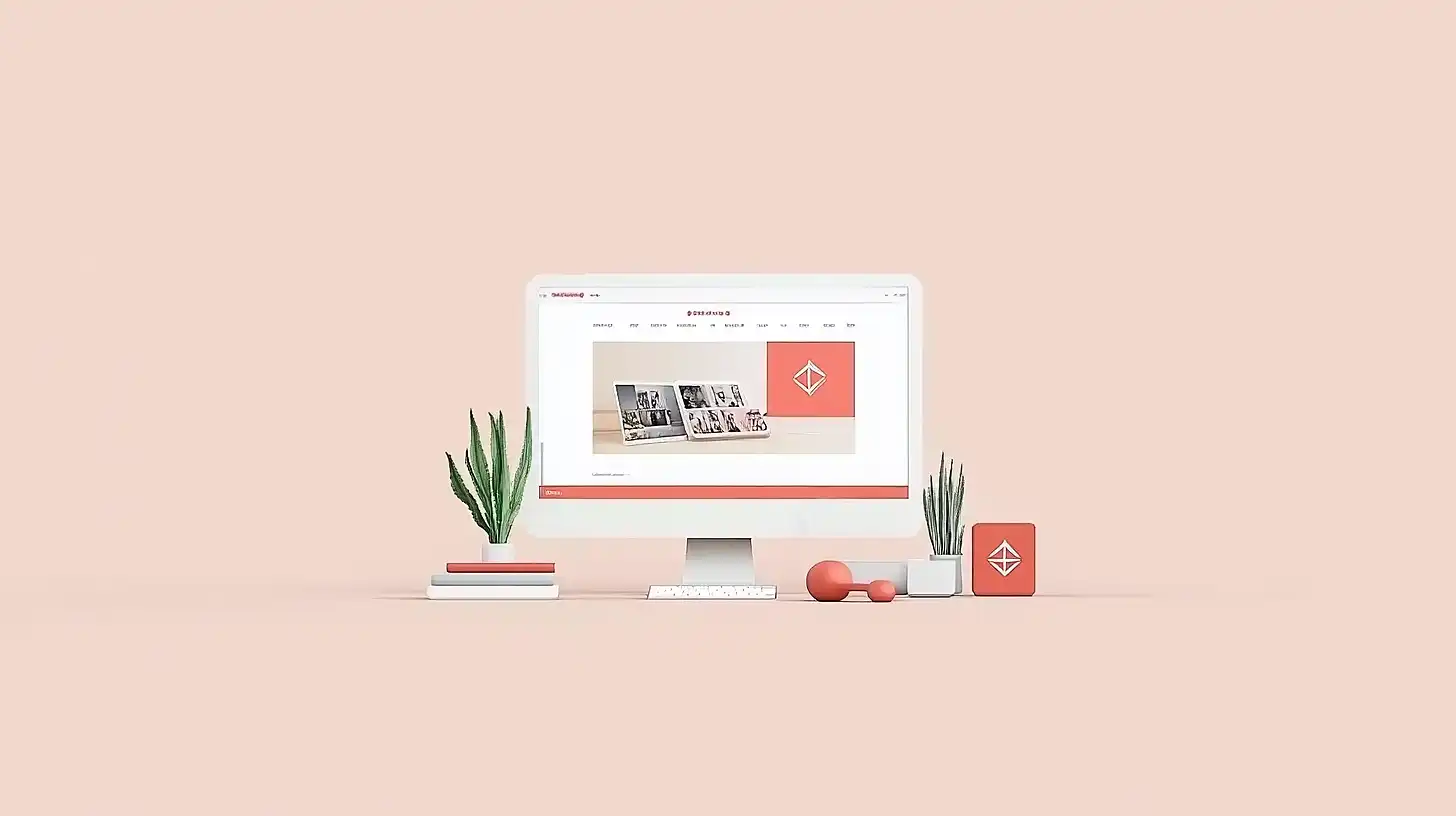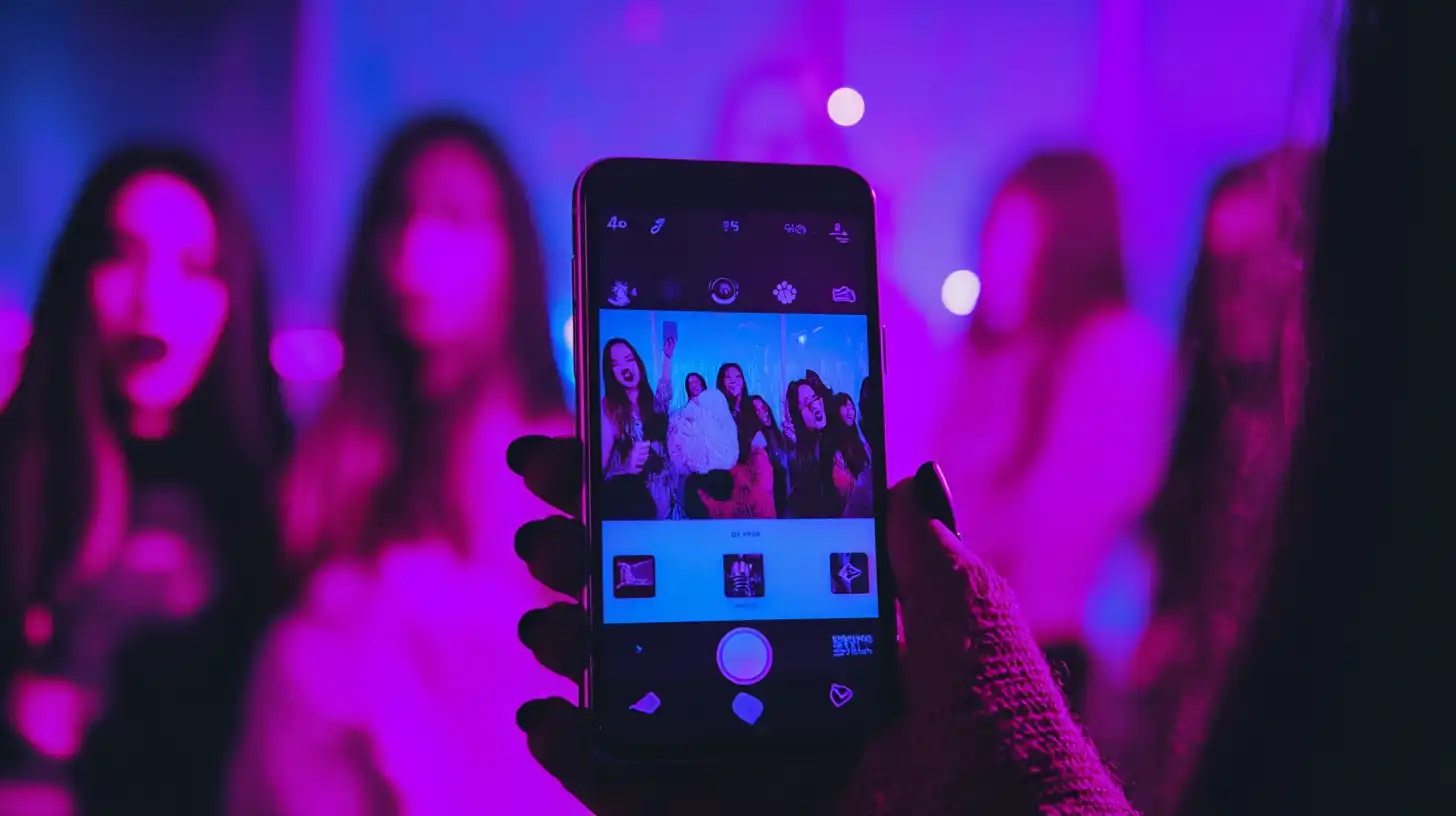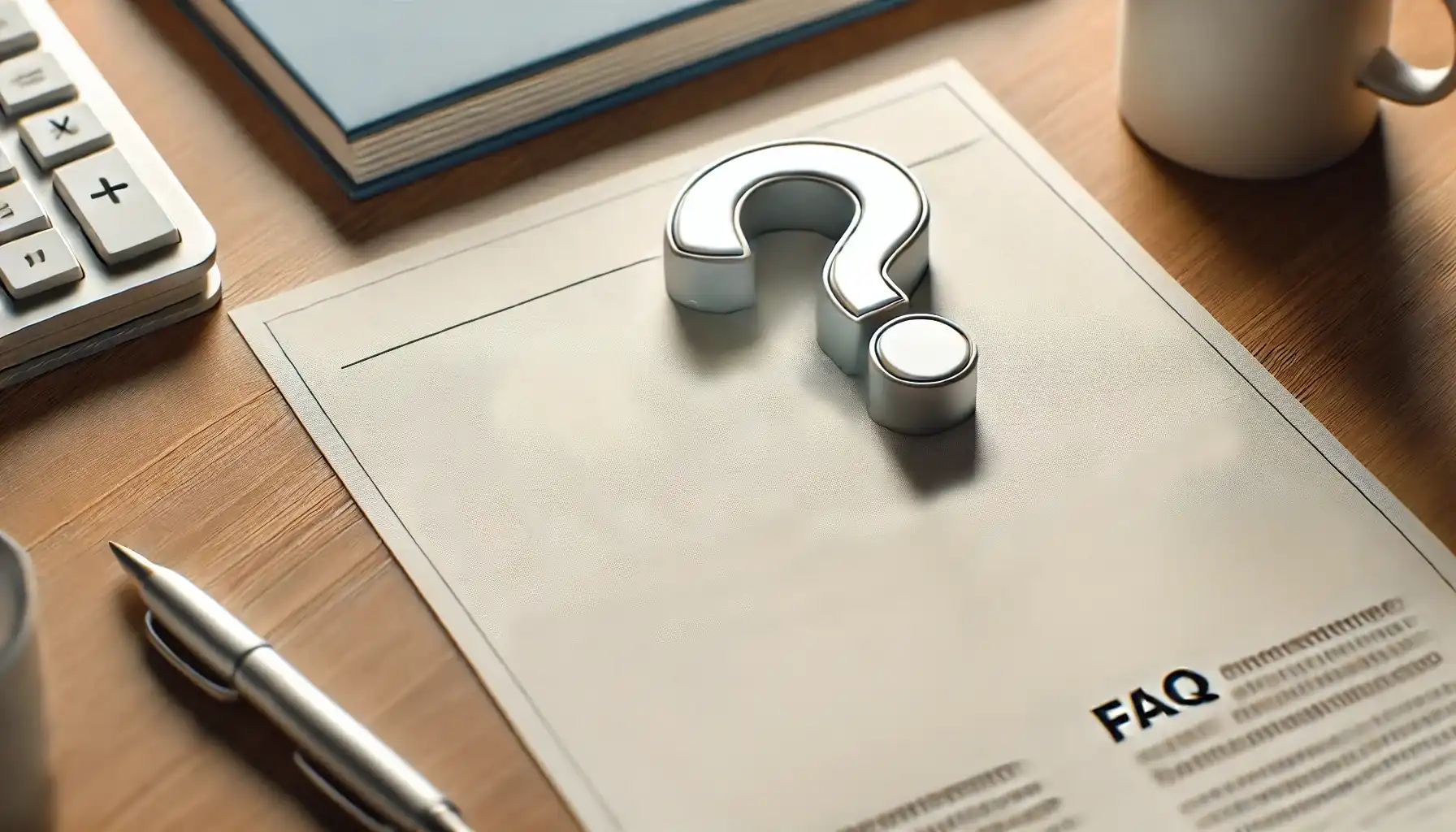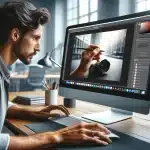
NFTs and photography are transforming the way we perceive and trade digital art. As I delve into this fascinating intersection, I can’t help but feel captivated by the endless possibilities it presents for photographers worldwide.
Imagine turning your stunning photographs into unique digital assets that can be owned, sold, and traded on blockchain platforms.
Whether you’re a seasoned professional or just starting, the fusion of NFTs and photography opens doors to a vibrant marketplace teeming with potential buyers eager for exclusive content.
Allow me to guide you through this exciting journey, exploring how you can showcase your work, protect your intellectual property, and tap into a burgeoning audience.
Table of Contents
What are NFTs?

Understanding NFTs starts with the basics. NFTs, or Non-Fungible Tokens, are unique digital certificates stored on the blockchain.
They establish ownership of a specific digital asset, like art or music. While cryptocurrencies like Bitcoin are fungible, meaning each unit is the same, NFTs are distinct.
This uniqueness makes them especially valuable in the world of digital art and collectibles.
The Rise of NFTs and Photography
In recent years, NFTs and Photography have gained traction. This trend allows photographers to sell their work as non-fungible tokens, attracting collectors who value rare and unique pieces.
The success of NFT photos can be attributed to the way they bridge the gap between traditional market photography and the digital realm. Artists seize the opportunity to share their work with a broader audience, free from geographic constraints.
Why Photographers Are Embracing NFTs
Here’s why more photographers are turning to NFTs to enhance their work’s value and reach:
- New Revenue Stream: NFTs offer a new revenue stream, allowing photographers to capitalize on digital assets that might otherwise go unmonetized.
- Protection Against Unauthorized Reproduction: NFTs provide a protective barrier, ensuring artists maintain control over their work.
- Connection with Collectors: NFT marketplaces make it easier to connect with collectors who appreciate the value of NFT images.
The Role of Blockchain Technology
Central to the rise of NFT artworks is blockchain technology. It records the provenance of an asset, guaranteeing transparency and security.
This reliability attracts both creators and buyers, ensuring every transaction’s permanence and authenticity.
NFT Marketplaces and Their Importance
NFT marketplaces such as OpenSea or Rarible play an important role in the ecosystem. They provide a venue for photographers to sell NFTs directly to collectors.
These platforms require participants to understand how cryptocurrency exchanges work since transactions are often conducted in digital currencies.
The Appeal of Limited Editions
Unlike physical prints, NFT photos can be easily bought and sold within secondary markets, increasing their desirability. Limited edition collections create exclusivity, driving demand and prices higher.
The Promise of Future Sales
NFTs also open doors to future sales through smart contracts. With each transaction, creators earn a percentage of future resales, a major shift from how traditional art markets operate. This automated royalty feature empowers artists by providing long-term financial benefits.
Pro Tip: When you’re ready to sell, consider starting small to test the waters before diving into larger NFT collections or complex transactions.
For photographers looking to enhance their digital goods, learning how to use tools like the patch tool in Photoshop can help refine their work before minting it as an NFT.
Additionally, try using a pixel art resizer to adapt your images for different formats, especially if you’re working with unique styles. And don’t overlook the power of Adobe AI, it can streamline edits, sharpen images, and bring out intricate details, adding that extra polish to your NFT art.
Plus, understanding the difference between Photoshop and Lightroom can aid in choosing the right software for editing their photos.
Digital Art in the NFT Space

Digital art finds a fresh playground with NFTs. This new technology transforms how we interact with art. Personally, I marvel at how NFTs bring life to creative work.
Understanding Digital Artwork as NFTs
When we talk about NFTs and photography, it’s about securing a digital image using blockchain. Think of NFT photos as a unique signature for digital goods. They can’t be duplicated.
Your first NFT might feel like a magic trick; it verifies ownership while sitting safely on a digital ledger.
NFT marketplace platforms make it simple to play in this new field. Places like OpenSea or Rarible make digital artwork that is bought and sold daily. I recognized the potential of these as I explored how they let artists sell NFTs without fear of unauthorized copying.
Benefits of NFTs for Digital Artists
Explore the unique benefits NFTs bring to digital artists, opening up new opportunities for revenue and creative freedom:
- Earn from your artwork like never before.
- Replaces some of the limits found in the traditional market.
- Digital files can now stand on their own with smart contracts ensuring perpetual earnings.
- Every time your NFT image resells on a secondary market, you gain a cut.
Challenges in the Digital Media NFT Market
The NFT creator faces some challenges. Building a presence takes effort. A major concern is learning the tools. But don’t worry, practice makes perfect.
When selling NFTs, simplifying the process by familiarizing yourself with cryptocurrency exchange helps. Navigating these platforms becomes second nature with a bit of patience.
Stepping into this world means embracing changes head-on. The NFT pictures hold power now, much like photographic prints did in the past.
We want to sell our art to enthusiasts who appreciate innovation and growth. And remember, every NFT art sold brings recognition to its creator.
Pro Tip: Use digital tools like Photoshop and Lightroom to enhance your NFT art before you hit upload. Crisp, attractive visuals attract attention immediately, so sharpen those editing skills.
If you’re looking to streamline your process, learn how to create a preset in Lightroom to keep your photos consistent and polished with ease, adding extra appeal to your NFT creations.
Additionally, consider using Lightroom shortcuts to enhance your workflow efficiency.
Creating and Selling Digital Collectibles

So you want to turn your digital photos into NFTs? Let’s dive into the fascinating world of NFT artwork.
How to Mint Digital Artworks
First, you need to mint your photo. Minting is like turning your digital photo into a digital asset, and it gives your photo a unique identity on the blockchain.
To mint your first NFT, choose a platform like OpenSea or Rarible. You’ll burn some crypto (Ethereum is popular) to get started.
Follow the site’s instructions to upload your digital file and set metadata, like the title and description. Be sure you like what you put there.
Platforms for Selling Digital Artworks
Your NFT photo needs a home where collectors can find it. Lucky for us, NFT platforms abound. OpenSea, Rarible, and Binance offer large audiences for your masterpiece.
Navigate these platforms by setting up an account and linking a digital wallet like MetaMask. Once your NFT is ready, list it on your chosen marketplace. Keep an eye on the wallet fees as they vary from one marketplace to another.
Pricing Strategies for Digital Artworks
Here are some effective pricing strategies to help you position your NFT artwork for success in the marketplace:
- Consider what similar NFT photographs have sold for.
- Starting low to attract buyers' pricing strategies differs, but being the newbie NFT creator means low bids could be a smart move.
- Include a smart contract when listing. This contract automatically sends you a royalty each time the NFT is resold.
Once you’ve minted and priced your NFTs, excitement builds as you wait. Engage potential buyers. Think creatively about how you market your new technology masterpiece.
Tell the story behind the shot or detail why you believe your work stands out in a sea of NFT pictures. As people start to own NFTs containing your images, you’ll grasp their true value.
Pro Tip: Enhance your NFT offerings by including exclusive extras, like process videos, to give buyers a behind-the-scenes look at your work!
Alongside learning the basics of cryptocurrency transactions, keep honing your Photoshop skills and explore the evolution and features of Photoshop online to make the most of its capabilities.
Also, don’t forget to utilize the essential tools in Lightroom to add an extra edge to your photos before minting them as NFTs.
Marketing Your Digital Art
Alright, we know minting and selling NFT photographs isn’t a walk in the park. Yet, the adventure doesn’t stop at creation. Marketing is important, and trust me, handling that incorporates more than just uploading your digital asset on any NFT marketplace.
Building a Brand Around Digital Photography
Ever think about how some artists consistently draw attention? It’s not only the brilliance of their work but the brand they build around their NFT photography.
Creating a recognizable identity allows buyers to connect with you on a more personal level. Emotion can drive purchases, so be sure your brand tells a compelling story.
Trends to Watch in NFT Photography
Keep an eye on these emerging trends that are shaping the future of NFT photography:
- Virtual reality integration
- Interactive elements
Innovations on the Horizon
Here are upcoming innovations that could redefine the NFT landscape for creators:
- Advanced smart contract functionalities
- Unique interactions or perpetual royalties
These innovations empower creators and provide more opportunities to sell with creative avenues. Keep your eyes peeled for tools and tech that can give your work an edge.
Utilizing Social Media for Promotion

Now, let’s talk about a powerful tool for marketing: social media! Platforms like Instagram and Twitter can create real engagement around your work.
Share not just the final image, but teasers, behind-the-scenes glimpses, or narratives about each NFT photograph a little exhibit on people’s feeds.
Collaborations and Partnerships
Sure, promoting alone is great, but partnerships often supercharge visibility. Collaborate with other artists or brands. You might view someone else as competition, but together, exposure multiplies. Plus, it’s always cool to blend styles and audiences.
So there you have it. Marketing isn’t daunting with the right moves. Stay on top of trends, leverage social, and nurture those collaborations.
And remember, while you’re busy creating and marketing, don’t forget to explore the top NFT artists to keep an eye on for inspiration and insights into successful strategies.
Pro Tip: Dive into marketplaces meticulously to know where your NFT photo fits best. It’s all about the company’s vibe!
Legal Considerations for Digital Artwork
When diving into NFT photography, it’s important to understand the legal aspects involved.
Below is a comparison table highlighting the main aspects of legal considerations that every NFT artist should be aware of.
| Aspect | Overview |
|---|---|
| Copyright and Ownership | Owning an NFT does not automatically transfer copyright to the buyer, meaning they cannot reproduce the work. |
| Licensing Your NFT Photos | Licensing allows you to control how buyers can use your photos, keeping certain rights reserved. |
| Avoiding Legal Pitfalls | Be vigilant about using copyrighted content in your NFTs to avoid legal challenges and ensure compliance. |
| Understanding Marketplace Rules | Familiarize yourself with the terms and conditions of your chosen NFT marketplace to avoid issues. |
Copyright and Ownership in Digital Assets
Understanding copyright and ownership is important before you dive into the world of NFTs and photography. When you create an NFT, you’re essentially minting a token on a blockchain that represents your digital artwork. But what about copyright?
- Owning an NFT doesn't automatically transfer the copyright to the buyer. It's like buying a painting; you can hang it up, but you can't start printing copies.
- Always ensure that your potential buyers understand this distinction. It protects both your creative work and clarifies any buyer assumptions.
Licensing Your NFT Photos
Think of licensing as allowing someone to use your photo while keeping the rights to it. When selling NFTs, decide what rights you want to grant buyers.
- Consider allowing them to use it for personal display but not for commercial purposes. This way, your work remains protected, and you maintain control.
- Clear licensing agreements help prevent future misunderstandings. They provide peace of mind, so everyone knows their rights.
- As you want to sell your artwork, crafting a good license is important.
Avoiding Legal Pitfalls
Avoiding legal pitfalls in the NFT space requires diligence. Watch out for using copyrighted content in your NFTs.
- For instance, if that great sunset features a recognizable brand logo or landmark, you might face legal challenges.
- Trademark issues can arise, too. To stay safe, do a thorough check on your photos before minting them.
- It's also wise to familiarize yourself with the terms and conditions of your chosen NFT marketplace. They often have rules that need strict adherence to avoid trouble.
Staying informed and cautious helps protect your artistry from unwanted legal battles.
Pro Tip: When you’re ready to dive into selling NFTs, consider collaborating with a legal advisor familiar with virtual photo art and blockchain.
They can guide you through these complexities, ensuring that your artistic endeavors remain legally sound.
Frequently Asked Questions (FAQs)

What are NFTs in photography?
NFTs, or Non-Fungible Tokens, in photography, represent digital certificates stored on a blockchain that indicate ownership of a unique photographic work.
Unlike traditional photographs, which can be copied and shared without limits, NFTs represent items that are unique or limited in quantity, making them exclusive and often more valuable.
Can I turn my photography into an NFT?
- Choose your photo: Select a high-quality image or a series of images you own and have the rights to.
- Choose a platform: Select an NFT marketplace that supports the type of art you create.
- Mint your NFT: Follow the platform's process to upload and convert your photo into an NFT.
- Sell or auction: List your NFT for sale or auction with your chosen marketplace.
What is the best NFT platform for photographers?
Several platforms cater specifically to photographers looking to enter the NFT space. Some of the most popular include OpenSea, Rarible, and Foundation.
Each platform has its own set of features, so it’s important to research and choose one that best fits your needs and style of work.
How is an NFT different from a picture?
An NFT differs from a traditional picture in several significant ways:
- Ownership: Buying an NFT grants you ownership rights over a unique digital item, which is verified and recorded on a blockchain.
- Scarcity: NFTs can be one-of-a-kind or limited editions, unlike pictures, which can be endlessly reproduced.
- Marketplace: NFTs are bought and sold on specialized platforms that use blockchain networks, providing a secure and transparent way to trade digital assets.

Conclusion
Embracing the world of NFTs and photography has been a game-changer for me. It opened up new avenues to showcase my work, connect with a global audience, and even explore new revenue streams.
The unique blend of art and technology is something I never thought I would be a part of, but here I am, reaping the benefits. It has allowed me to present my photos in a new light, creating a unique digital presence that stands out.
For anyone looking to step into this exciting intersection of art and technology, I highly recommend checking out my Photoshop course and Lightroom course.
These have been instrumental in refining my skills and adapting my work for the digital space. NFTs and photography have truly transformed the way I approach my craft, and I am eager to see where this journey takes me next.
Read more about Photoshop:















